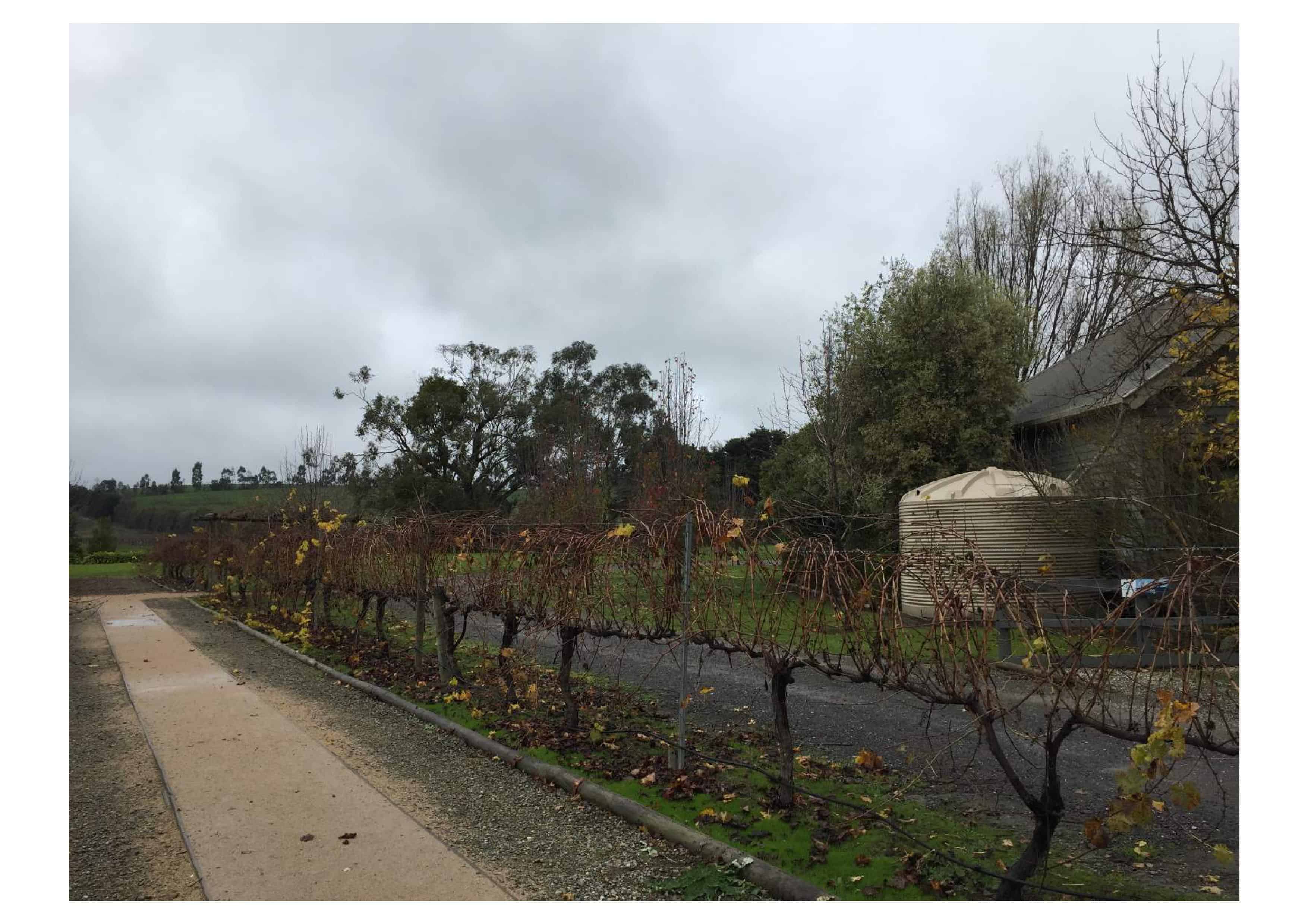
Woman At Risk Class XB Subclass 204 visa allows a woman who is victimised to apply for a visa to live in Australia
To be eligible for Woman At Risk (Subclass 204) visa, the Minister (Department of Immigration) must be satisfied you are being victimised, harassed or suffered from serious abuse, and that you do not have the protection of a male relative to offer you protection.
You should be registered as a refugee by UNHCR to ensure you are offered the necessary protection and care.
The Woman At Risk (Subclass 204) visa ranked as the second most prioritised visa after Emergency Rescue (Subclass 203) visa (click here to learn more about Subclass 203 visa).
You must be outside of Australia and can be either in your home country or another country to apply for the Woman At Risk (Subclass 204) visa.
You should have a proposer who is an Australian citizen or permanent resident who holds or has held a Woman At Risk (Subclass 204) visa. You must lodge your visa application within 5 years of your proposer being granted a Subclass 204 visa, and you remained a member of the proposer’s family. Your relationship with your proposer must have been previously declared. Your proposer must not be prohibited from sponsoring you if:
- between 13 August 2012 and 31 May 2013, you entered Australia at an excised offshore place and became an unlawful non-citizen; or
- on or after 13 August 2012, you were taken to a place outside Australia (under section 245F(9) of the Migration Act 1958); or
- on or after 1 June 2013, you came to Australia by boat or as an Illegal Maritime Arrival (IMA).
When you apply for Woman At Risk (Subclass 204) visa, you are also taken to have applied for all the visas in Class XB.
The Minister must personally invite you to apply for Woman At Risk (subclass 204) visa if there are compelling reasons and you are certified as being a part of a class of persons, and at risk of harm.
If your application for a Woman At Risk (Subclass 204) visa is refused, you will not be able to apply to the AAT (Administrative Appeals Tribunal) but you may apply to Australian court for judicial review if the decision is not made according to law.
This is a permanent visa and is valid for 5 years from the date of grant (click here to learn more about RRV 155 visa). If you do not have a passport to travel to Australia for resettlement, you will be issued with an Australian Migration Status (AMS) ImmiCard to allow you to enter Australia. Once you are in Australia, you may apply for a Convention travel document or titre de voyage or a certificate of identity. Click here to learn more about Class XB visas.
Australian migration law is complex and difficult to understand, contact our immigration lawyer for a consultation (fee applies) to help you decide if you are eligible for a refugee visa (click here to find out how an immigration lawyer or registered migration agent can help you). You may also refer to our FAQs for answers regarding visa application or visa cancellation by clicking here. Click here to find other visas.


041 222 4020 or WeChat: AUDvisa
This article is not intended to be or taken as migration legal advice. The author of this article disclaims any liability for any action or omission on the information provided or not provided in this article. You should always consult an immigration lawyer or a registered migration agent to form an informed opinion on your immigration matter.



